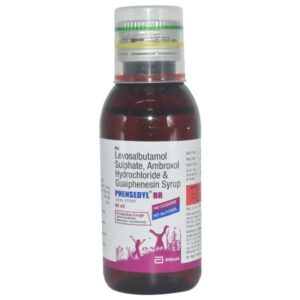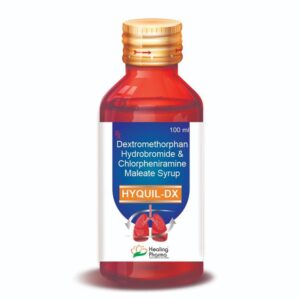CHLORPHENIRAMINE MALEATE
CHLORPHENIRAMINE MALEATE: Chlorpheniramine maleate is an antihistamine drug that is commonly used to relieve symptoms of allergies such as hay fever, allergic rhinitis, and hives. It is also sometimes prescribed to manage symptoms of the common cold or to prevent and treat motion sickness.
The drug works by blocking the effects of histamine, which is a natural substance that is released by the body during an allergic reaction. By inhibiting histamine, chlorpheniramine maleate reduces symptoms like sneezing, itching, watery eyes, runny nose, and rash.
The dose of chlorpheniramine maleate varies depending on the individual’s age and the condition being treated. It is typically available in tablet, capsule, or syrup form. Adults are typically advised to take 4-8 mg every 4-6 hours, up to a maximum of 24 mg per day. For children, the dose is usually based on their weight or age, and it is important to follow the instructions given by the healthcare provider or provided on the medication label.
As with any medication, chlorpheniramine maleate may cause side effects. Common side effects may include drowsiness, dizziness, blurred vision, dry mouth, constipation, and urinary retention. These side effects are usually mild and temporary. Less commonly, some individuals may experience agitation, excitability, difficulty sleeping, or an irregular or fast heartbeat. It is important to consult a healthcare professional if any severe or persisting side effects occur.
Chlorpheniramine maleate may interact with other medications such as sedatives, tranquilizers, and alcohol, which can further increase the risk of drowsiness or dizziness. It is important to inform your healthcare provider about all the medications you are taking before starting chlorpheniramine maleate.
In conclusion, chlorpheniramine maleate is an antihistamine drug that is used to relieve symptoms of allergies, such as hay fever and hives. It works by blocking histamine, and the dose and side effects vary depending on the individual and the condition being treated. It is important to follow the instructions provided by the healthcare provider or on the medication label and to consult a healthcare professional if any concerning side effects occur.


